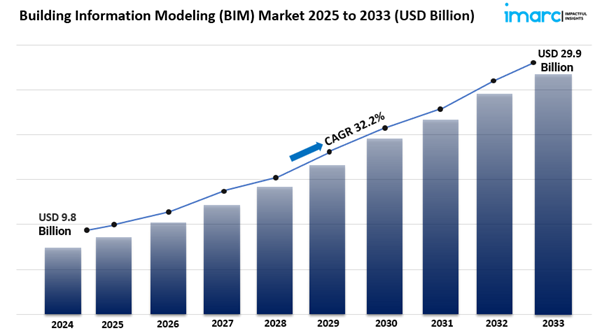European chemical suppliers are adopting a range of strategies to adapt to stricter environmental regulations. Here’s how they are responding:
1. Enhancing ESG Management
European chemical suppliers are placing a strong emphasis on ESG (Environmental, Social, and Governance) management, particularly in the environmental domain. This includes focusing on carbon dioxide emissions, water impact, and atmospheric emissions. The EU’s Green Deal and the Sustainable Finance Taxonomy are driving companies to implement robust carbon management systems. For example, companies are using specialized platforms to automate data collection and generate carbon reports that comply with EU requirements, thereby reducing compliance costs.
2. Addressing Carbon Border Adjustment Mechanism (CBAM)
The EU’s Carbon Border Adjustment Mechanism (CBAM) poses new challenges for the chemical industry. CBAM will gradually expand to cover plastics and organic chemicals, and companies need to prepare accordingly. Specific strategies include:
– Data Monitoring and Reporting: During the transition period (2023-2025), companies must submit quarterly reports on the quantity of goods, carbon emissions, and carbon prices paid in the country of origin.
– Carbon Reduction Measures: Companies need to identify key emission reduction areas in their production processes and adopt technologies such as photovoltaics, carbon capture, utilization, and storage (CCUS) to reduce carbon emissions.
– Long-term Strategic Planning: Given the CBAM timeline (full implementation in 2026, with full operation by 2034), companies need to plan their zero-carbon transition pathways in advance and establish carbon footprint accounting systems for core products.
3. Promoting Green Transformation
chemical suppliers are driving green transformation through innovation and sustainable practices:
– Energy Transition: Shifting from traditional fossil fuels to renewable energy sources such as wind, solar, and hydrogen to reduce carbon emissions.
– Material Transition: Developing and using green materials, bio-based materials, and recyclable materials to meet consumer demand for low-carbon products.
– Process Optimization: Adopting low-carbon and low-environmental-impact chemical production technologies to reduce waste and emissions.
4. Improving Supply Chain Sustainability
chemical suppliers are enhancing the sustainability of their supply chains:
– Product Carbon Footprint Accounting: Companies need to calculate the carbon footprint of their products throughout their entire life cycle and provide relevant data to meet downstream customer requirements.
– Supplier Collaboration: Working with suppliers to drive low-carbon transformation across the entire supply chain and ensure sustainable raw material procurement.
5. Investing in Technological Innovation
chemical suppliers are increasing investment in technological innovation to meet the challenges posed by environmental regulations:
– Developing Low-carbon Technologies: Investing in new low-carbon technologies such as carbon capture and storage (CCS) and renewable energy-driven chemical processes.
– High-value-added Products: Developing high-value-added green products to reduce dependence on traditional high-carbon products.
6. Ensuring Policy and Regulatory Compliance
chemical suppliers are closely monitoring policy developments to ensure compliance with the latest environmental regulations:
– Regulatory Research: Conducting in-depth studies of regulations such as the Carbon Tariff Regulation and the Implementation Rules for the Transition Period to ensure compliance.
– International Cooperation: Participating in international standard-setting to enhance their voice in the field of international carbon trading and greenhouse gas management.
By adopting these strategies, European chemical suppliers are not only adapting to stricter environmental regulations but also enhancing their competitiveness and sustainable development capabilities in the context of the low-carbon transition.



